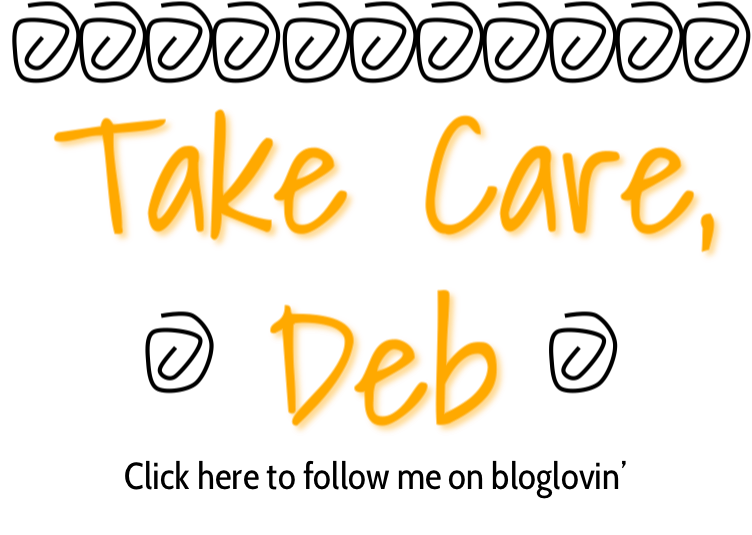This week I'm attending Responsive Classroom training. Today was the second day. We covered quite a bit of information. A good part of the morning was spend discussing interactive modeling as a way to teach routines and procedures, social and emotional skills, and academics. Groups made lists of what things we could teach using the interactive modeling procedure. My group made a routines and procedures list. The lists were written in just a few minutes, and they are far from exhaustive! Looking at the lists, it really sinks in just how much work we're doing!
To conduct an interactive modeling lesson, you begin with a statement of what you're going to demonstrate and why.
I want you to know how you can take care of yourself when your pencil breaks so you don't have to disrupt anyone's learning.
Next, you demonstrate the behavior.
Teacher sits at a desk and pretends to write a story. The pencil breaks. The teacher quietly stands up and puts the pencil into the red cup. The teacher goes to her cubbie (supply box) and gets a sharp pencil, then quietly returns to her work.
After the demonstration, the teacher asks the students what they noticed about the behavior.
What did you notice about my actions? If the students miss an important part, like 'you got right back to work once you had a sharp pencil.' The teacher can prompt or fill in the missing information.
Once the behavior has been described, the teacher asks for a student volunteer to model the behavior. (Choose a student you know will do it correctly.)
The student demonstrates the same behavior the teacher just demonstrated while the others observe.
After the student demonstration, ask the students what they noticed about the behavior.
If students miss an important component, prompt them--Did anyone notice anything about what she was doing with the sharp pencil on her way back to her desk? etc.
The next step in an interactive modeling lesson would be to have all the students practice, but with something like a pencil breaking this might not be practical.
I would probably repeat the student modeling step with just one student modeling.
The last step is for the teacher to provide specific feedback on the student practice.
I noticed that your voice stayed off the whole time you were walking so you didn't disrupt anyone's learning. I noticed that you held your pencil at your side close to you body so everyone you passed felt safe. No one was worried that you would poke them with the pencil, etc.
I've used interactive modeling lessons in the past, but I think I usually talk too much during the modeling parts. This year I'm going to work on decreasing the teacher talk and increasing the student talk.






I love Responsive Classroom! Thanks for posting all about your learning today!
ReplyDeleteI went to the training last summer and I love it!
ReplyDelete